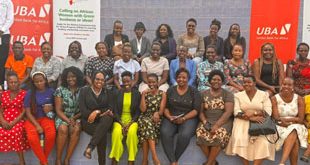
By Joan Akello
Uganda just like Kenya, Burundi, and Rwanda faces challenges in protecting the children from violence, deprivation and poverty.
Children and youth are vulnerable in East Africa as a result of conflict and post conflict situations, health, global and local health and other socio- economic situations.
The ministry of Gender, Labour and Social Development, French embassy with a team of experts and academicians has organized a three day conference to discuss ‘Child victims, vulnerable and “violent” Youth in East Africa (Burundi, Kenya, Rwanda and Uganda): Realities, Perceptions, Care and Support’. The conference runs from Nov 19 to 21 at Hotel International.
Representing Ronald Kibuule, Minister of State in charge of Youth and Children Affairs, James Ssembatya Kaboggoza said the main aim of the conference is to devise measures to ‘combat the vagaries of vulnerability among children and youth.
He added that the biggest driver of vulnerability is poverty. Youth constitute about 78% of Uganda’s population of which 56 % of these are children.
Kaboggoza says more than half of 56% are orphans of which 10,000 are HIV positive.
He told the Independent that street children are a symptom of vulnerability.
He argues, “80% of the street children in Kampala are Karamojong due to famine, cattle rustling and the disarmament exercise.”
Uganda has ratified and domesticated a number of laws to protect children such as the Children’s Act, the trafficking in Persons Act (2009), prohibition of female genital mutilation act, 2010. Policies against violence children in Uganda include the national orphans and vulnerable children (2004), the child labour policy (2006), health policy 1999, national art policy, national youth policy, national policy for internally Displaced persons, 2004 and the national policy on disability in Uganda (2006).
Among the key issues in the conference include using a holistic approach to manage street children, child poverty, predicament of orphans and vulnerable children, family models and current trends.
 The Independent Uganda: You get the Truth we Pay the Price
The Independent Uganda: You get the Truth we Pay the Price


